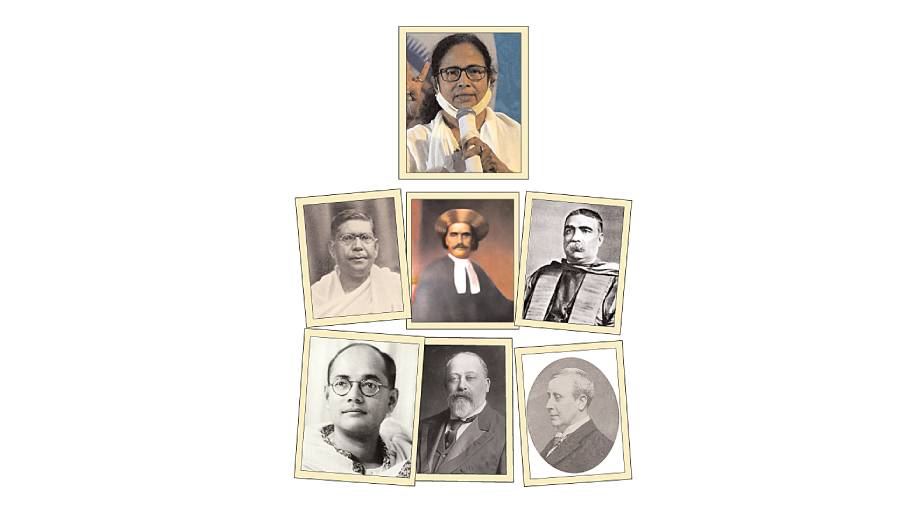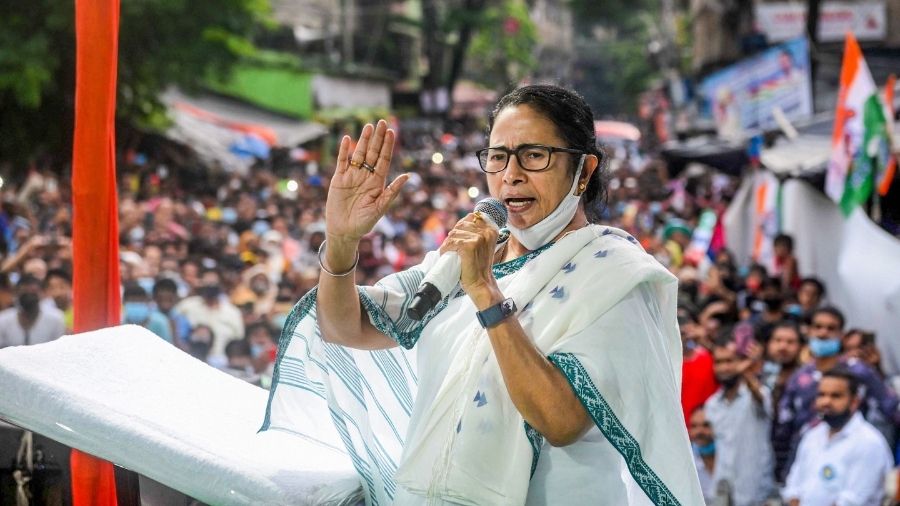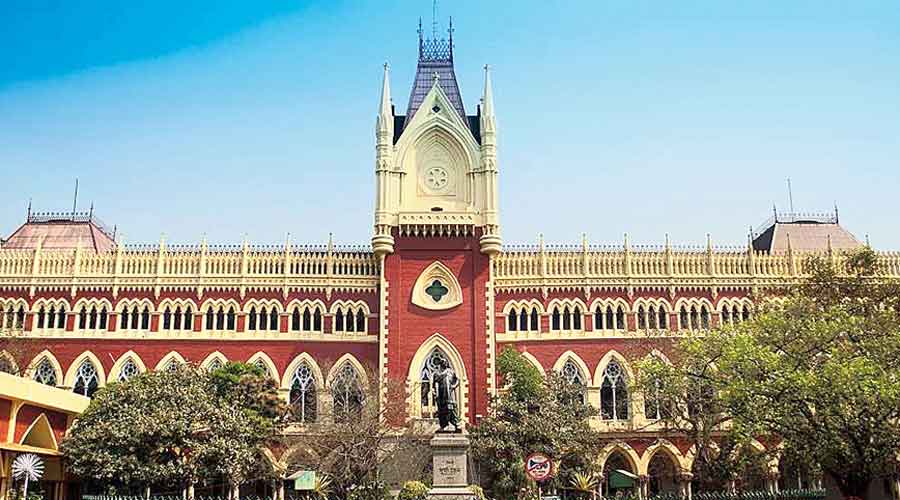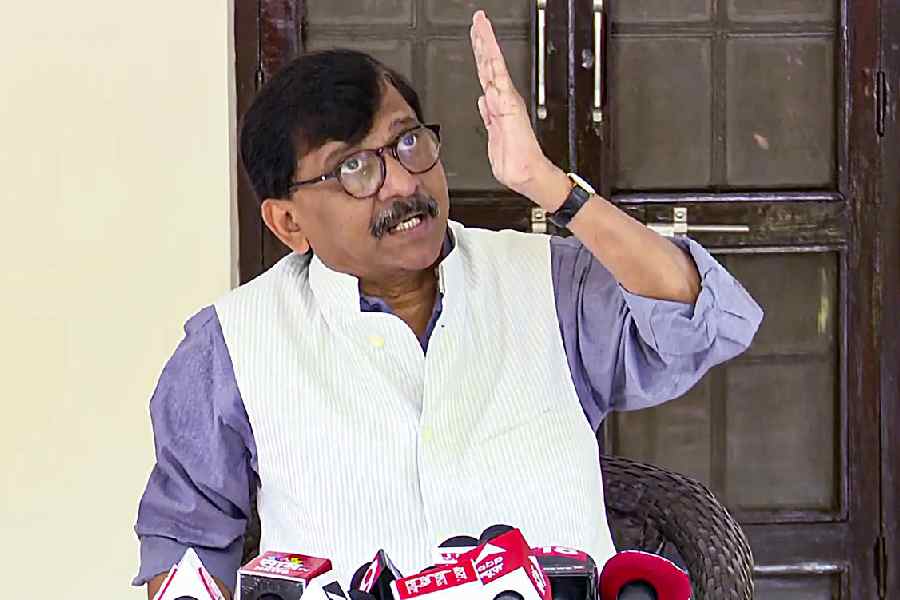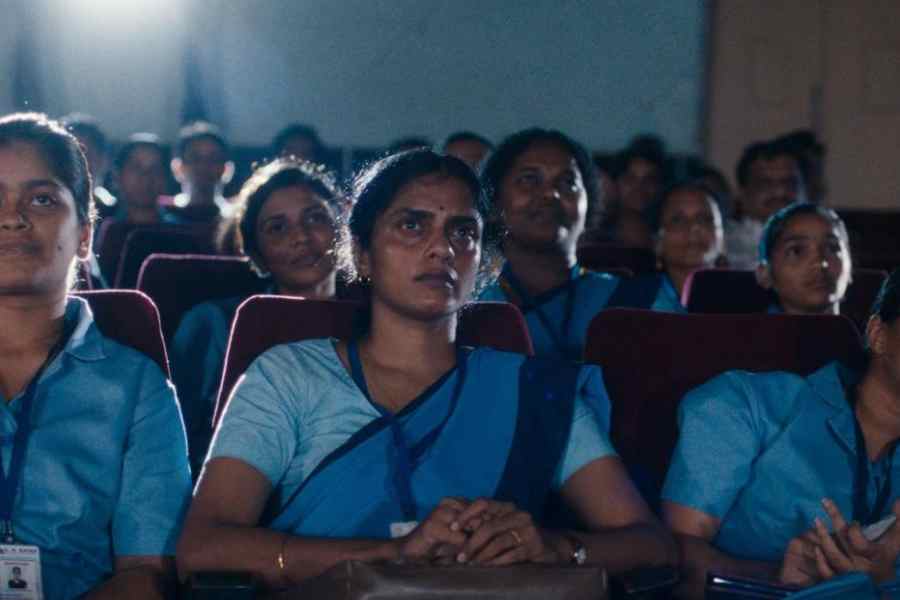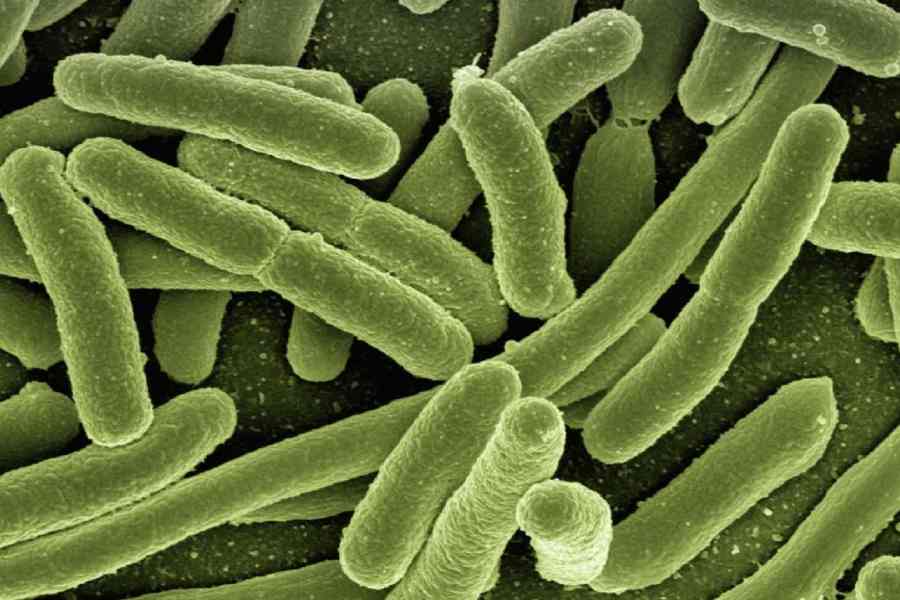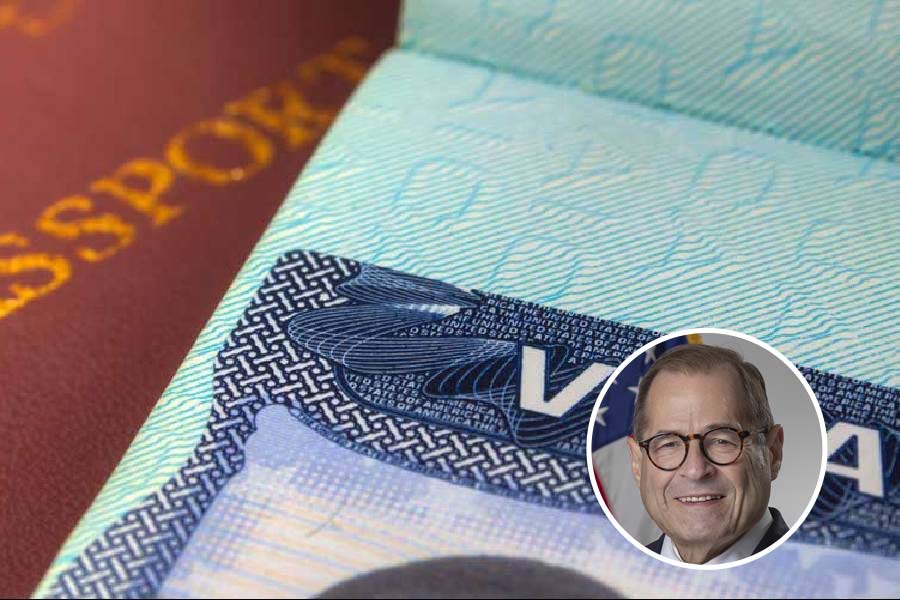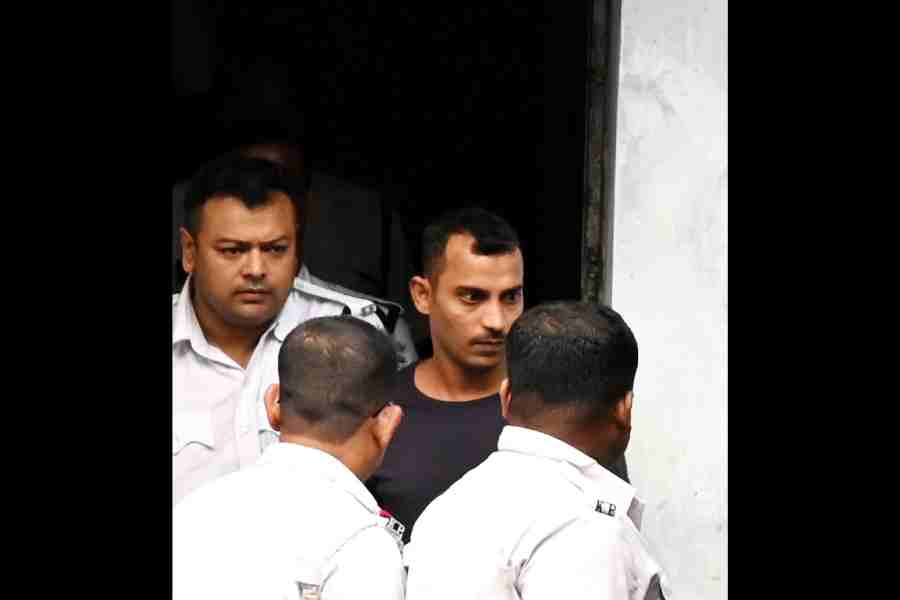Bhowanipore would be knitting its brows in disapproval right now, that is if it were a person instead of a para. To be spoken of in the same breath as a gram! To be referred to like a mere punctuation — ahead of Bhowanipore, X resigns, Y kicked upstairs. There’s that thing Trinamul’s Abhishek Banerjee said while campaigning. “Bh- for Bhowanipore. Bh- for Bharat. If we win Bhowanipore, we shall also win Bharat.” Bhowanipore. Bhowanipore. The air is frenzied. There is a sense that Bhowanipore has only just burst into public memory and is standing on the brink of history. As if to say that all this while it was a nowhere no-place with not a connection or story worth the boast.
The earliest recorded history of Bhowanipore dates back to the 16th century. In Abul Kasem Rahimuddin’s book Hey Nagar Hey Mahanagar, the chapter on Bhowanipore begins with a layered and tangential story set in a village inhabited by potters, weavers and farmers. The protagonist is Harimohan Dom, a gunin or magical healer. The story has to do with Harimohan’s involvement with a Brahmin woman, the consequent scandal, her forced marriage with an elderly Brahmin, his death, her sati and Harimohan’s exile. “This happened in the first half of the 16th century,” writes Rahimuddin. In the second half, the aadi sebayat of Kalighat Bhubaneswar Chakraborty’s son-in-law Bhabanidas Bhattacharya settled down in Harimohan’s village and the place flourished through his sustained efforts. The village took Bhabanidas’s name and became Bhabanipur, or Bhowanipore as we say today.
This is no exhaustive account of Bhowanipore and its who’s who through the ages. By way of time machine, I have a clutch of books and maps from an excellent research paper by Keya Dasgupta, titled “Genesis of a Neighbourhood: The Mapping of Bhabanipur”.
“The original settlement took place along the Adi Ganga, the reason being primarily the ease of transport and trade,” writes Dasgupta. Among the first settlers were kansa baniks or brass merchants, sankha baniks or conch shell merchants, telis or oil merchants and patas or artists. Maps from 1833 onwards show localities named Kasaripara, Teliapara, Sankaripara, Patapara. A map from the early 20th century shows a gaggle of ghats — Babu Madhab’s Ghat, Madan Mohan Pal’s Ghat, Rani Rashmoni’s Ghat... A 1796 map has names of residents and landholders. Note the variety — Guburdan Kessary, Goulab Bibby, Manik Shaw, Nimmoo Tackoor, Rampersaud Doctor. There is a mosque too. The 1825 map is crowded with markets — Setaram Ghose Bazar, Gangaram Sircar Bazar, Sultan Mistry’s Bazar, Jugoobaboo’s Bazar.
Jugoobabu-r Bazar, also referred to as Jadubabu-r Bazar — and not mistakenly — exists to date. The ground on which it stands belonged to Sir Robert Chambers, one of the first lawyers who joined the Supreme Court when it was established in 1774. One Joggeswar Laha bought the property and set up a bazar. Later, Rani Rashmoni purchased it for her grandson Jadunath Chaudhuri.
The maps show blocks identified as Sailors Hospital, Soldiers Burial Ground, Insane Hospital. There were burial grounds too. Calcutta’s fond barefoot historian P.T. Nair notes that the “old Kasiabagan burial ground was given as a waqf to the Mohammedan community by Nawab Saadat Ali Khan Bahadur”. In 1817, Wazir Ali Khan, the Nawab of Oudh, was buried here, when he died after spending 17 years as a political prisoner in Fort William. But you wouldn’t know this; there is no sign of his grave today.
This is what happened. John Woodburn, the man who eventually became the lieutenant governor of Bengal, never met Wazir Ali, but when he was posted in Oudh, he quelled a rebellion inspired by the memory of Wazir Ali’s heroism. The nawab had after all choreographed the “Massacre of Benares”, wherein some British officials had died. Woodburn destroyed the memorials associated with Wazir Ali in Oudh. Decades later, he caught sight of this grave in Calcutta. Woodburn was now fixated on destroying Wazir Ali’s final resting place. Woodburn died in 1902 and was laid to rest in the Lower Circular Road Cemetery but upon the continued efforts of his protegees, the Muslim burial ground was razed and, in 1915, Woodburn Park came into being.
In the later part of the 19th century, Bhowanipore came to be the abode of many people from the legal profession as well as many doctors. Sambhunath Pandit, the Kashmiri Pandit who was the first Indian to become judge of Calcutta High Court in 1863, lived here. Ashutosh Mukherjee’s father Ganga Prasad Mukherjee was a medical practitioner who settled here in the 1860s.
Jagadananda Chatterjee too was a man of law. Rahimuddin writes that in 1876, Prince of Wales Albert Edward paid a visit to a Jagadananda in Bokulbagan. Prince Albert had an outrageous request — he wanted to meet the women of the household. Chatterjee was greedy to please, and obliged. Bhowanipore and the rest of Calcutta, however, remained scathingly critical of this violation of social mores. The satirist Hemchandra wrote: “Well done Bhowanipore, well done/For the spectacle grand at Bakulbagan/One winter’s day in this, our land/You forsook the purdah for tea with an Englishman.”
Elgin Road used to be Peepulputty Road. Chittaranjan Das’s parents shifted here from Pataldanga Road, and Das was enrolled as a student at the London Missionary Society’s Institution here. According to the 1915 Calcutta Street Directory, at No. 4 Elgin Road lived Soumendranath Tagore, grand-nephew of Rabindranath Tagore and leader of the Revolutionary Communist Party of India. At No. 28 lived a Byomkesh, not Bakshi but Chakraborty; and No. 34 belonged to modyo bikreta or spirit vendor Rakhal Chandra Saha. House No. 38/1 belonged to the Raja of Munger and next door at 38/2 lived Janaki Nath Bose, advocate and father of Sarat Chandra and Subhas Chandra Bose. Subhas grew up in this house and it is from here that he slipped away one January night in 1941 only to resurface in Berlin.
The 1920s saw a lot of Sikhs in the transport business settle here. Shortly after, Gujaratis arrived. According to the 1931 Census of India, there were 4,713 Sikhs in the city, three times their number in 1921, and “very nearly half of them are found in Bhowanipore”. The 1891 census report of Calcutta states there were 715 Gujarati-speaking people in the city.
Bhowanipore is today synonymous with Uttam Kumar. Santosh Ghosh, who is a photographer with The Telegraph, remembers taking a photograph of “Dadabhai” and his wife Gouri Debi at their family home on Girish Mukherjee Road one Lakshmi Puja. But way before the mahanayak, it was home to actor Ahindra Choudhury. The ancestors of actor Ranjit Mallick put down roots here.
Bediapara Road was named after Harish Mukherjee, editor of the English weekly Hindoo Patriot. During the indigo crisis, Mukherjee helped the ryots or tenant farmers by drafting petitions and memorials, providing food and protection. His house at Bhowanipore was an asylum for them. In 1860, the indigo planters brought criminal and civil suits against him for this and shortly after his death the house was attached and auctioned off.
But it is another street named after another Harish that is the seat of high drama. 30-B Harish Chatterjee Street is the address of Bengal CM Mamata Banerjee. I bring out the Bagchi time machine, go back a hundred years. No sign of the address I am looking for. Between 30/1 held by Haridas and C.C. Pal and the Kalighat High School at 31 flows a humdrum street. I run a finger down the page of Calcutta directory and find a line in parenthesis. It reads: “Here runs a nameless street”.
Bhowanipore has always been a favoured address of History. And now for the bypoll.

